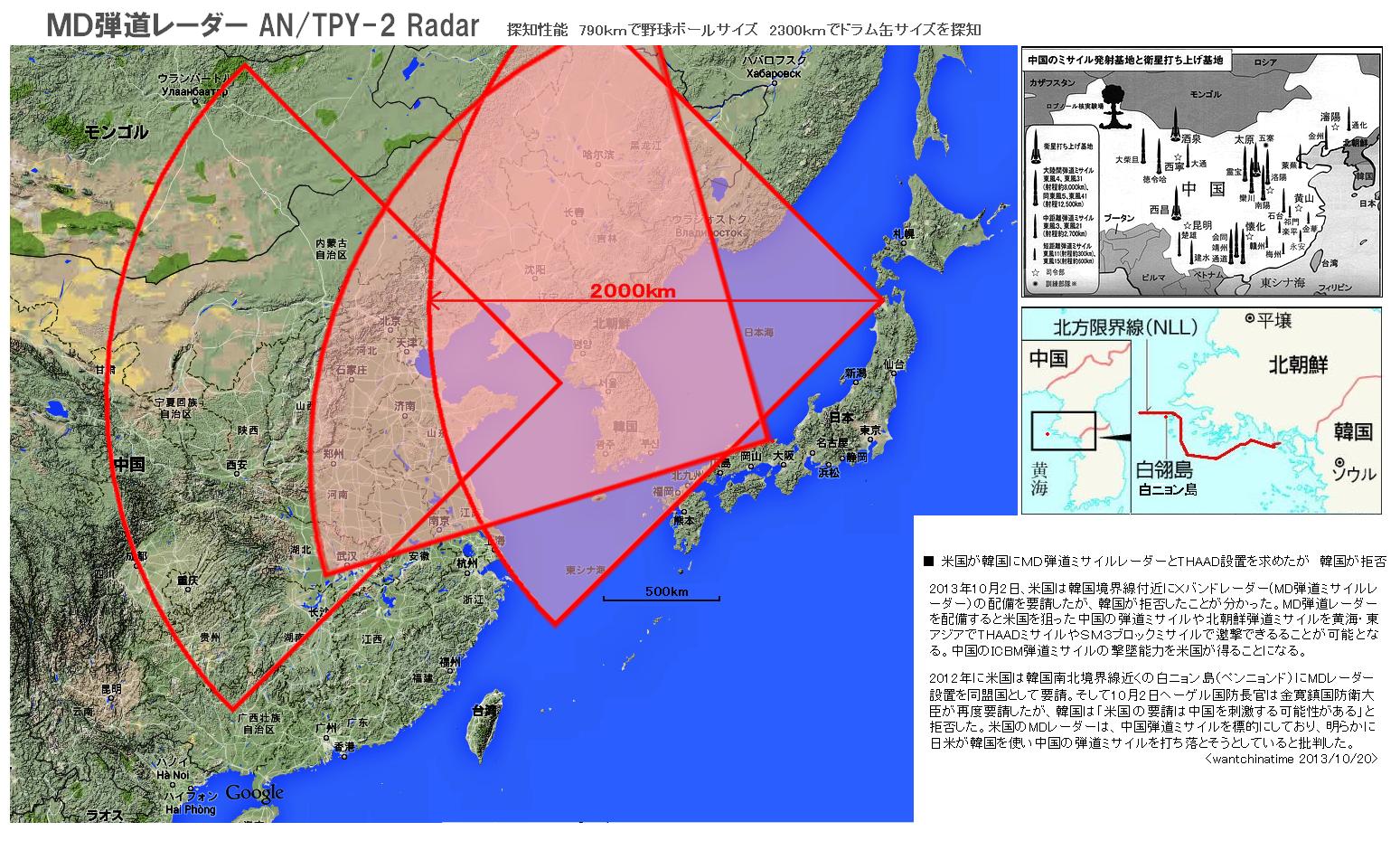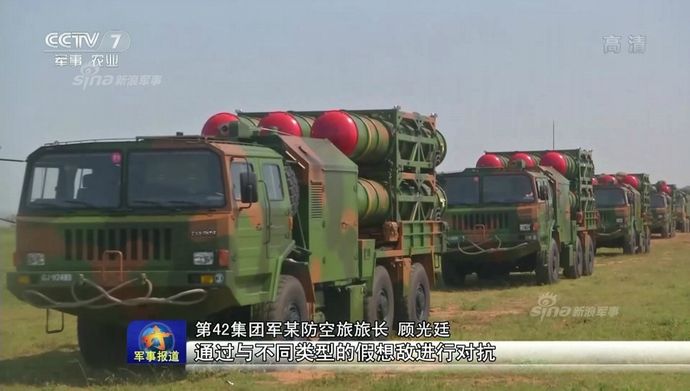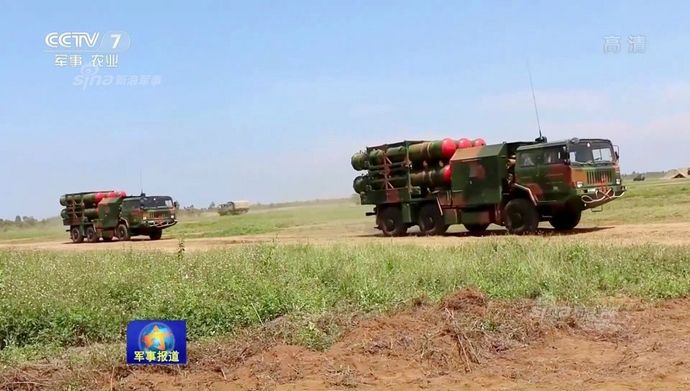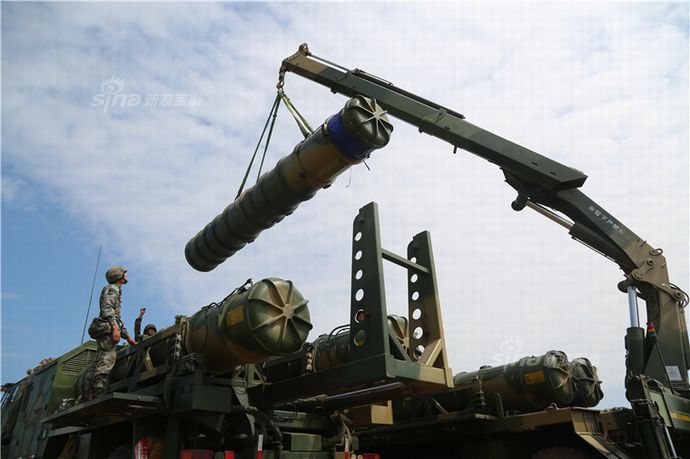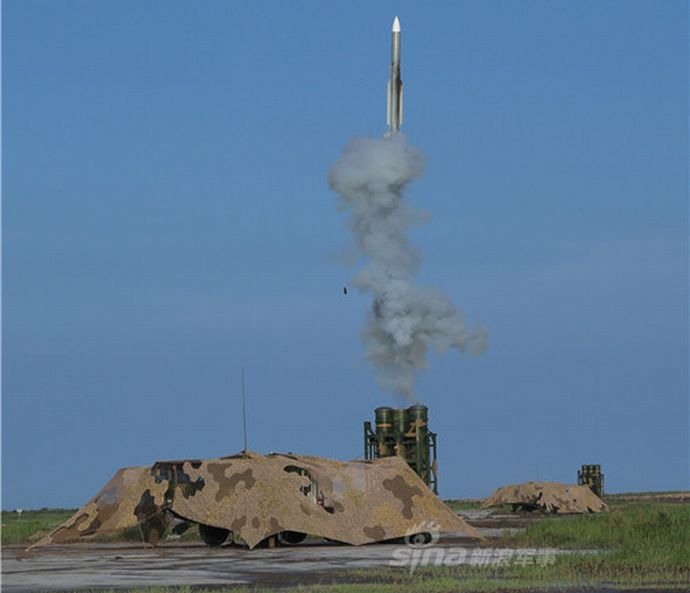US forces begin move to headquarters south of Seoul

A view from the roof of the future 2nd Infantry Division headquarters at Camp Humphreys on June 5, 2016. The Army is moving most of its forces, including the headquarters for U.S. Forces Korea, the 8th Army and the 2nd Infantry Division, to the expanded garrison south of Seoul.
Published: July 14, 2016
CAMP HUMPHREYS, South Korea — U.S. forces in South Korea are finally starting to move to their new headquarters south of Seoul, although the much-delayed expansion of Camp Humphreys won’t be finished for several years.
First up is the Fort Hood, Texas-based 2nd Battalion, 8th Cavalry Regiment, which is packing up and redeploying south this week from the mountainous area near the border with North Korea.
Soldiers loaded Abrams tanks and other armored vehicles on flat rail cars Thursday, taking advantage of a new railhead at Humphreys and using late-night convoys to avoid worsening Seoul’s tangled traffic. One whistled the theme song from “M*A*S*H,” a long-running TV series about the Korean War that was set in the area. A separate train was carrying soldiers to Humphreys along with the vehicles so they could jump out to fight if needed.
Several units, including the 304th Signal Battalion and military police, have already redeployed to Camp Humphreys — which will be spread over more than 3,500 acres near the port city of Pyeongtaek.
But the 2nd Battalion, 8th Cavalry, will be the vanguard of the historic move by the 2nd Infantry Division, which has been stationed near the world’s most heavily militarized border for decades.
The 8th Army also sent an advance team to prepare for the headquarters move from Yongsan Army Garrison in Seoul to Humphreys.
The $10.7 billion expansion — which the Army calls its biggest construction project since the Panama Canal — has been frequently postponed since the U.S. and South Korea agreed in 2004 to move U.S. forces to bases south of the Han River, which winds through Seoul.
It was originally set to take place in 2008, then 2012, 2016 and most recently 2017. Now U.S. Forces Korea officials are largely reluctant to talk about specific end dates, saying they will be conditions-based.
But the message is clear on a new website dedicated to the effort in town halls to address concerns about schools and housing, and summed up by the garrison commander, Col. Joseph Holland: “The USFK relocation is well under way.”
Much progress has been made. The equivalent of a small town has replaced what began as a Japanese army airfield nearly a century ago and evolved into a U.S. Army garrison about 40 miles south of Seoul.
There are a food court and high-rise housing with modern, furnished apartments and underground parking. Schools are functional, although middle schoolers have to share the high school until their own building is finished. Sod was recently laid on the 18-hole golf course.
In all, about 40 of 146 projects, which usually consist of several buildings, have been completed and are considered “troop ready,” including vehicle-maintenance facilities, Holland said.
Planners say the number may seem low, but many projects are very close to completion and the turnover rate is expected to spike next year.
The garrison commander said most of the major units are expected to arrive by the end of next year, with the remainder in place by the first half of 2019.
“We’re starting to put more units on the ground down here … that’s been a long time in the coming,” Holland said in a recent interview in his office on the edge of the vast air field at Humphreys.
Facilities will be ready for the new occupants, but the overall construction, including the hospital and several housing units, won’t be completed until early next decade, he added.
“We’re gonna see dirt for another three to five more years as we continue that construction, but we’re past the apex of it,” Holland said. “And since we’re past the apex of the construction, we’re starting to bring in new units.”
Holland said 75 percent of the programmed dollars have been given to contractors. South Korea is funding most of the massive construction project.
“There are still many more projects to be completed and some to be started still,” he said.
In addition to construction and funding problems, there are concerns about security as North Korea has intensified its nuclear and missile programs despite international condemnation and U.N. sanctions.
The North’s ongoing provocations have also led to repeated delays in handing over operational control of U.S. and South Korean forces from the USFK commander to Seoul.
The two Koreas have remained bitter enemies since the 1950-53 war ended with an armistice instead of a peace treaty. The U.S., which fought with the South in the war, has about 28,500 servicemembers stationed on the peninsula.
Their presence just miles from North Korea has long been considered a “tripwire” that would automatically trigger U.S. involvement to fight off an invasion.
The decision to move the troops closer to air and sea installations in the south was partly due to new military theory that called for relying less on front-line troops and more on air forces and high-technology combat systems with small, nimble ground forces.
Koreans also long for the valuable land occupied by American bases and have been frustrated by crime, noise and other annoyances caused by the U.S. soldiers in their midst.
The main Yongsan garrison, which used to be on the outskirts of Seoul, has found itself in the center because of rapid urbanization in recent decades — property that will command top dollar when Korea gets it back. Local officials in host communities are planning everything from parks and tourist facilities to retirement centers for the land.
Maj. Gen. Theodore Martin, commander of the 2nd Infantry Division, which touts its readiness to “fight tonight,” rejected fears the move could leave the South more vulnerable.
He said the Army would only be strengthened by having units and the leadership of U.S. forces consolidated instead of spread out over a number of bases.
“From a readiness perspective, it’s a huge win,” he said in an interview after the July 8 casing-of-the-colors ceremony for the 2-8 Cav. “We will not drop any of our combat readiness.”
Moves by the division’s other battalions will be spread out over the next 18 months, he said. Soldiers, meanwhile, will do training rotations at the Rodriguez Live Fire Range and other facilities that will remain in the area.
The 210th Field Artillery Brigade will also stay at Camp Casey to guard against North Korea’s formidable artillery. That includes long-range, multiple-launch rocket systems and self-propelled guns that have Seoul and surrounding areas within range.
Ultimately the garrison, which was originally about 1,200 acres, is due to triple in size. The population will swell to more than 40,000.
But the construction has been plagued by problems, including quality concerns that caused a monthslong delay in opening the high school and forced some other buildings to be torn down and rebuilt.
“If construction’s delayed, then everything else is delayed,” Col. Jon Nufable, the deputy garrison commander for transformation, told Stars and Stripes. “We’ve rarely had any construction really meet the exact construction date. Some of them have been not that way off; some of them have been pretty way off.”
Many command-sponsored families will have to live off post for a few years as the garrison struggles to meet a 40 percent threshold for having them on post.
Holland said South Korea real estate developers have been quick to fill the vacuum, and there’s sufficient American-style housing nearby.
The hospital at Yongsan is not likely to close soon. The main medical facility on Humphreys ended up low on the priority list and is slated to be one of the last buildings done, along with the 8th Army operations center.
Holland said it was a question of triage. With limited resources, planners apparently decided to focus on providing housing and community-support functions such as a larger commissary, shopping and restaurants.
Holland said the hospital should be finished by 2021.
“We’re not without that capability,” he said. “It probably would’ve been prioritized much earlier in the program if we were without that capability.”
Stars and Stripes reporter Yoo Kyong Chang contributed to this report.
http://www.stripes.com/news/us-forces-b ... l-1.418998








